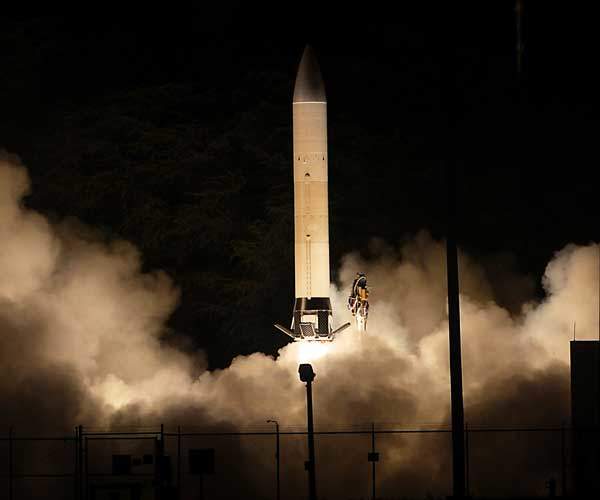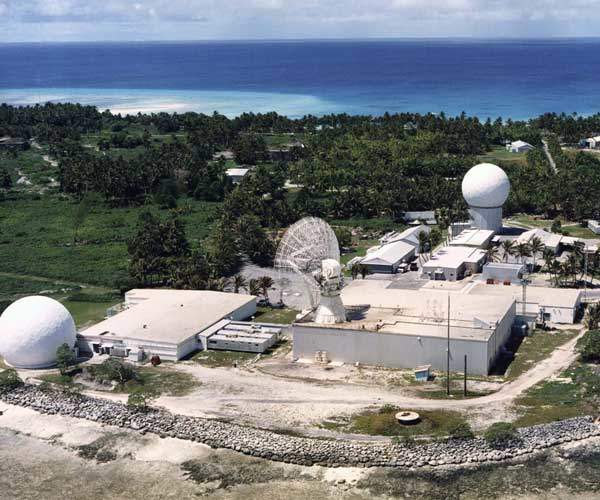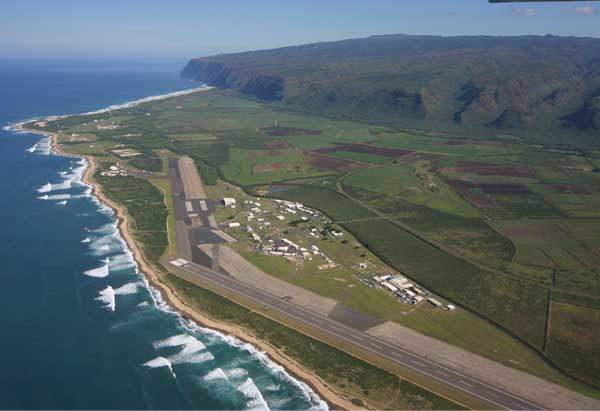The Advanced Hypersonic Weapon (AHW) is a demonstrative long-range glide vehicle capable of flying within the planet’s atmosphere at hypersonic speed. The AHW technology demonstration programme is managed by the US Army Space and Missile Defence Command (USASMDC) / Army Forces Strategic Command (ARSTRAT).
The technology was developed through the cooperative effort of the US Department of Defence to evaluate a conventional prompt global strike (CPGS) capability for striking time-sensitive high-value targets.
In November 2011, AHW was launched from the Pacific Missile Range Facility in Kauai, Hawaii, to the Reagan Test Site on the Marshall Islands. The glide vehicle successfully hit the target, which is located about 3,700km away from the launch site. The vehicle’s flight characteristics were gathered from space, air / sea and ground-based platforms.
The test was conducted to demonstrate hypersonic boost-glide technologies and trial the capability for atmospheric flight at long-ranges. The flight test was carried out in accordance with the regulations of Strategic Arms Reduction Treaty I, as well as the Intermediate-Range Nuclear Forces Treaty.
AHW and its role in the US’s CPGS programme
The advanced hypersonic weapon was developed as a part of the conventional prompt global strike (CPGS) programme. The CPGS programme will allow the US defence forces to strike targets anywhere on the Earth with conventional weapons within an hour. This capability will ensure the US can attack high-value targets or transient targets at the beginning of or during a conflict.
The FY2010 budget for the AHW programme was $46.9m. The Defence Advanced Research Projects Agency (DARPA) completed boost-glide flight tests in April 2010 and August 2011. Results from the tests were used in the AHW flight test.
The SMDC’s programme office in Huntsville executes the AHW programme. Sandia National Laboratories supplied the booster system and the glide vehicle. The thermal protection system was developed by the US Army Aviation and Missile Research Development and Engineering Centre (AMRDEC).
Design and capabilities of the Advanced Hypersonic Weapon
The AHW hypersonic glide body (HGB) vehicle has a conical design with winglets. It was designed to fit within the payload assembly. The structure is made of aluminium, titanium, steel, tantalum, tungsten, carbon fabric, silica and other alloys, including chromium and nickel.
HGB is powered by one lithium-ion actuator battery, two lithium-ion and five nickel manganese hydride batteries. Pressurised nitrogen gas is used as a propellant for the vehicle. Other equipment includes radio frequency transmitters and small electro-explosive devices.
The advanced hypersonic weapon is designed to provide a 6,000km range with 35 minute time-of-flight and achieve less than ten metre accuracy. It delivers a conventional payload at medium and global ranges, using a hypersonic glider.
The weapon’s high manoeuvrability allows it to avoid flight over third party nations when approaching the target. It employs a precision guidance system to home in on the target.
Launch vehicle of the US’s demonstrative long-range glide vehicle
The Strategic Target System (STARS) was used for the flight test of the AHW from the Kauai Test Facility (KTF).
The launch was propelled by Polaris A3 first and second stage motors, plus an Orbus 1a third stage motor.
The main elements of the STARS include three boosters, payload (HGB) and control electronics. The three boosters were loaded with 30,541lb of propellant to generate about 75,000lb of thrust. Safe separation of the HGB was enabled by the third stage cold gas attitude control system.
The flight termination system (FTS) is activated if the launch vehicle deviates from its path during flight. The destruction package used in the system can identify a premature separation of the booster stages and induct a thrust termination activity.
Once the booster’s forward thrust is terminated, the launch vehicle descends along the trajectory to fall into the ocean. The explosive charges near the payload assembly will disable the flying ability of HGB in case of premature detachment from the booster.
The Global Missiles and Missile Defence Systems Market 2011-2021
This project forms part of our recent analysis and forecasts of the global missiles and missile defence systems market available from our business information platform Strategic Defence Intelligence. For more information click here or contact us: EMEA: +44 20 7936 6783; Americas: +1 415 439 4914; Asia Pacific: +61 2 9947 9709 or via email.






